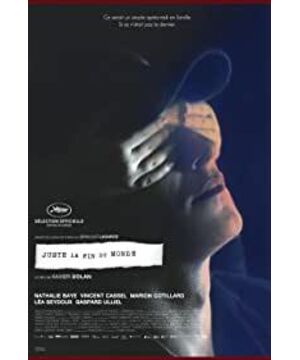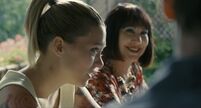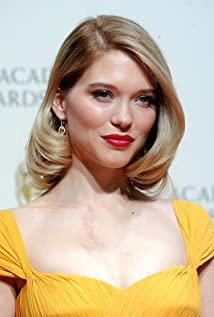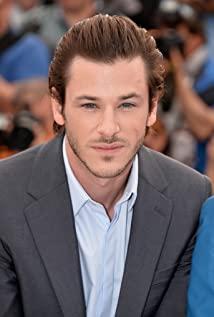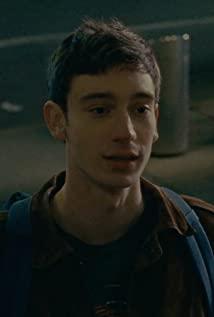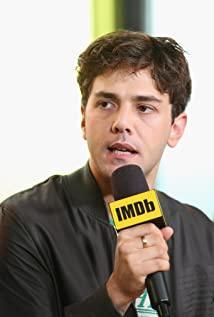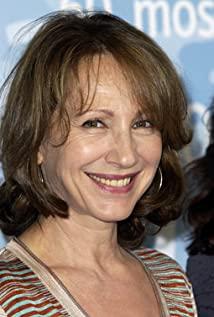In this set of slow motion, the emotional transition and the switching of the atmosphere are expressed silently and vividly, just like the ripples after a stone is thrown into the water with a strong undercurrent aftermath, and this kind of treatment can be found everywhere in the whole film.
Why is the film shrouded in such a "stylization"? In fact, "Just the End of the World" can be said to be a brand new attempt for Dolan in the handling of character relationships.
In previous films, the contradiction and development of the story can be summed up as follows:
"I Killed My Mother": [Son-Mother] The contradiction advances and erupts through the growth dilemma;
"Fantasy Love": [Idealization-Reality] The contradiction Through the intervention of a third party, the succession and transformation;
"Double Lawrence": [male-female] contradiction progresses with the conflict of social reality;
"Tom's Farm Trip": [attachment-loss] through ghostly substitutes (Francis) Promote the plot;
"Mummy": [Mother-Child] intensifies difficulties through the extremeization of "law".
From "Mummy", we can already see Dolan's maturity more than before, and this maturity has reprocessed the mother-son relationship in the form of repetition. This time, it is more from the mother's point of view, and the failed redeemer is introduced to portray the fate in the opposite direction. But even so, the core contradiction of these films can still be summarized as a ternary relationship—a third factor to catalyze the core binary contradiction.
In Just the End of the World, that changed. The contradictions in the story seem to be the relationship between Louis and his family, but in fact they are intertwined multiple relationships, and these contradictions are not primary or secondary, but unfold in parallel with the language of the camera:
[Louis-Suzanne]: Imaginary brother, feelings There are admiration, longing and loss...;
[Louis-Antoine]: The younger brother in competition, the feelings include contempt, anger, inferiority and attack...;
[Louis-Martine]: The surface is the beloved son, the deepest Expected to be a surrogate father;
[Louis-Catherine]: A buffer zone of contradictions, but the latter is just a housewife who endures silently, containing forbearance, fear, and hope with despair....
In addition, [Martine-Antoine], [Martine-Suzanne], [Suzanne-Antoine], [Antoine-Catherine]... These characters are intertwined and interspersed, making the whole The film is steeped in intense anxiety and tension throughout. These interrelationships are placed in a large number of close-ups, details and fast and slow motions, so that the focus of the film is exiled from the language (lines), which is a kind of retrogression of the film, and a reflection of the actors' acting skills. The test is also the core of the controversy.
Why couldn't Louis say the news of his imminent death until the end? From the moment he stepped into the house, the atmosphere at home was as thin as a cicada's wings. The only time he showed a genuine smile was when he caught a glimpse of the face of the leader girl bouncing off the trampoline. He immediately recalled his childhood sweetheart. Infiltrating, intercourse, and medicine in memory are betrayal of the "goodness" of the family, and a release from the entanglement. Twelve years later, he found that everything has not changed because of time, and finally left for the same reason.
They seem to care about their family members, but in fact they only care about their own entanglements and predicaments. On the other hand, why not Louis himself?
As Antoine put it, "We're all alone, we don't understand and nobody understands... That's what makes it fascinating, isn't it?"
View more about It's Only the End of the World reviews


